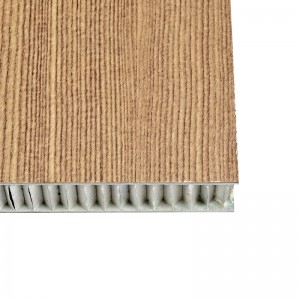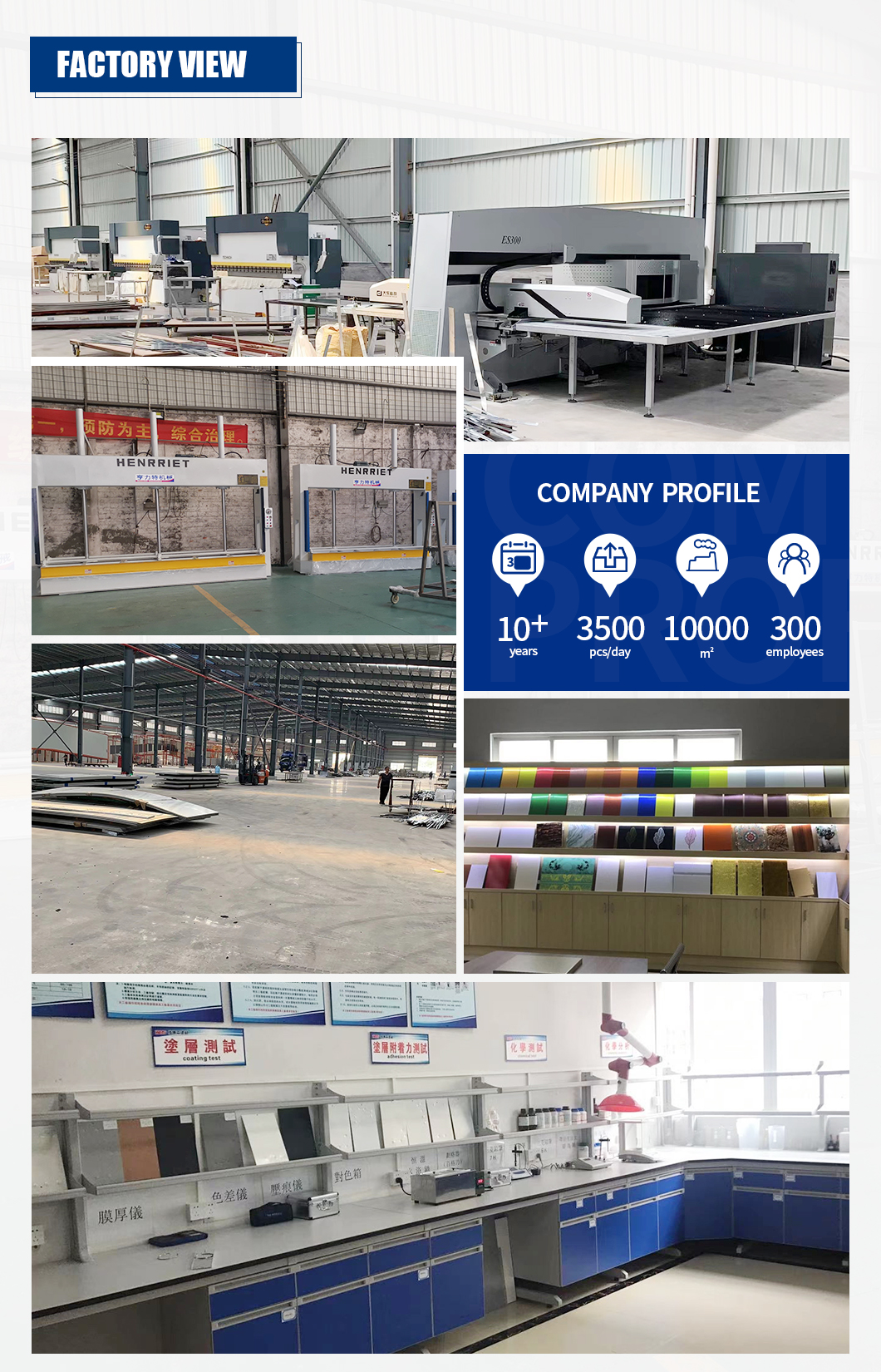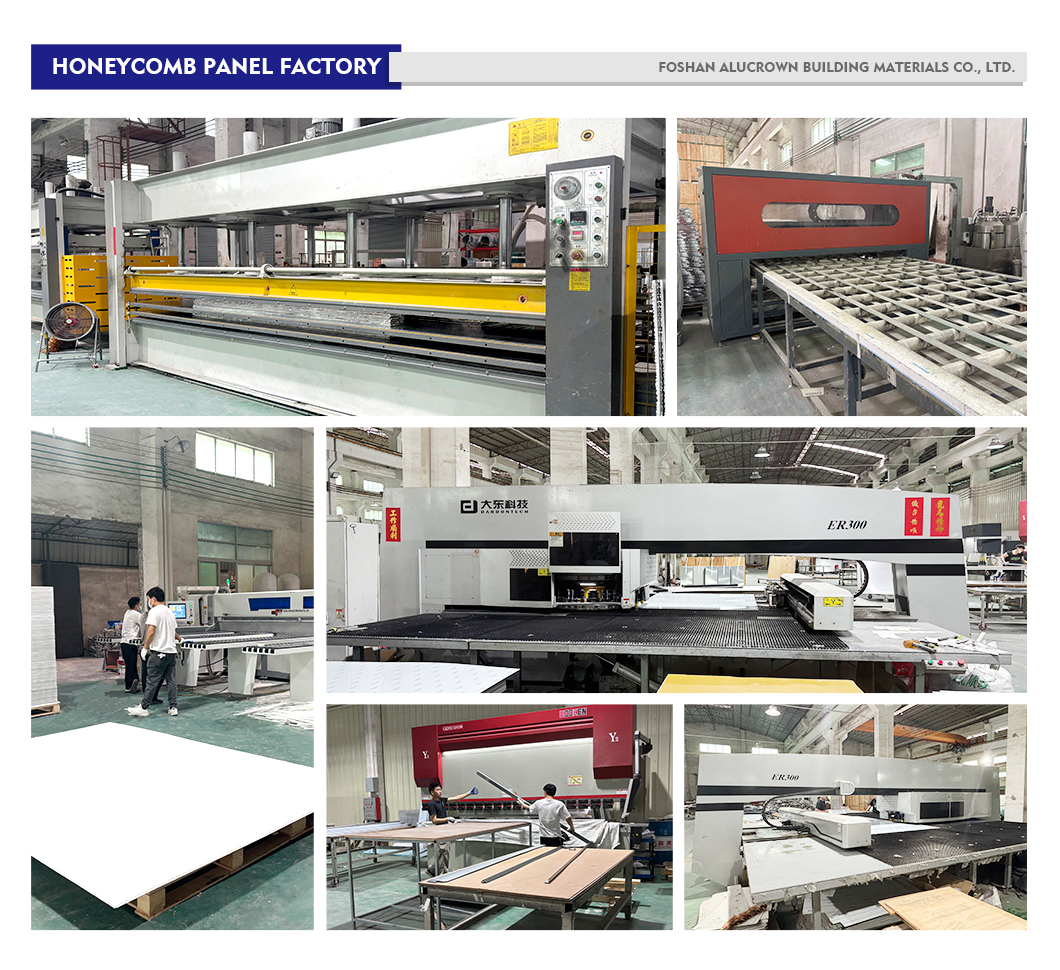As the core production center of China’s aluminum honeycomb panel industry, Foshan is home to over 300 manufacturers, forming a complete industrial chain and a densely competitive landscape. While the industry continues to grow (average annual growth of 15-20%), it is also caught up in fierce, involuted competition.
Competitive Focus: Technological Breakthroughs and Standard Leadership
Companies are seeking differentiation through technological innovation. Among them, “glue-free aluminum honeycomb panels” (using hot-melt film instead of traditional glue) have become a new industry trend, favored by the market for their environmental friendliness (zero formaldehyde emissions) and more stable performance. The Foshan Industry Association has spearheaded the development of the “Glue-Free Aluminum Honeycomb Panel Group Standard” to regulate the market and promote industrial upgrading, with many local companies actively participating. Furthermore, some leading companies, such as Yingke Magnesium, have introduced advanced CNC equipment such as cutting machines, edge banding machines, and six-sided drills to improve production efficiency and product quality.
Market Strategy: Regional Deepening and Global Expansion
Faced with competition, companies are adopting diverse strategies:
Regionalized Services: Many local factories leverage their advantages in lead times, cost control, and localized services to deepen their presence in regional markets.
Global Presence: Leading companies such as Yingkemei are actively expanding into overseas markets, establishing branches or factories in countries such as Malaysia and the Philippines. Their overseas market share has exceeded 20% and continues to grow.
Future Outlook: Differentiation and Consolidation
The Foshan aluminum honeycomb panel industry is foreseeable to undergo a profound reshuffle. Companies lacking core competitiveness and relying on low-price competition face the risk of elimination. The future will belong to those that continuously innovate technologically, develop strong brand influence, and effectively control costs. On the path of standardization and green development, the industry is expected to move from “manufacturing” to “intelligent manufacturing,” further enhancing its overall competitiveness.
Post time: Aug-02-2025




